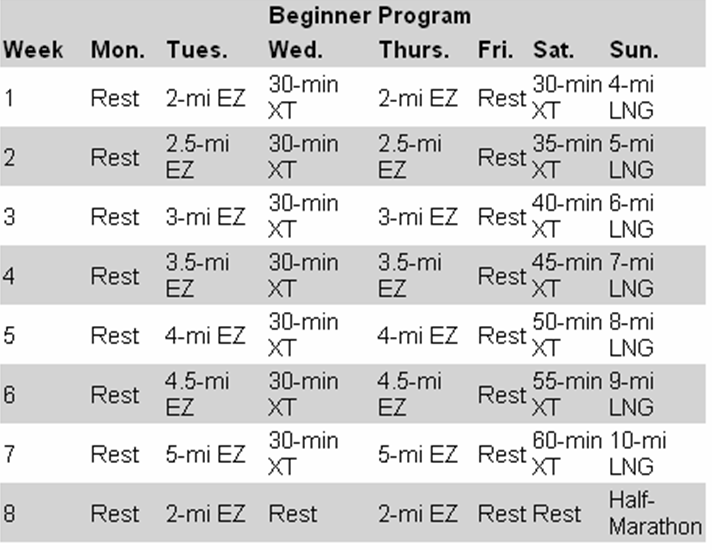-
From Haruki Murakami to Training for a Marathon
Posted on August 26th, 2009 No commentsJust finished reading Haruki Murakami’s “What I Talk About When I Talk About Running ” and I like his nonfiction just as much as his novels. He recounted his running experiences in great details and perhaps too much for his fans worldwide. Many of his readers found this dedicated-to-running nonfiction a bit hard to love. As a solo runner, I can relate to his passion for long distance running completely. His 62-mile ultra marathon is something I would like to try one day, but let’s just stick to the 26.2 mile for now.
Not too long ago I have uploaded some of my race medals to my Facebook page , and got friend teased about how I like to collect medals. Some people think my running a marathon is just too crazy. But for running lovers, they (including me) simply view running a marathon as the ultimate distance running challenge. Completing a marathon is an accomplishment that only a very small percentage of people can match; I once read it somewhere that it’s less than 0.01% of population.
no images were found
Of course running a marathon requires preparation, planning, and perseverance. However, it’s not as hard as you might think. Training properly will allow even beginning runners to complete the challenging 26.2 mile distance. “So where do I start?” is the question that I got often.
I would suggest you starting at a 3 x 20 minutes per week running routine, then slowly build your mileage to 3 x 5 miles during weekday and one long run on weekend. You should work up to about 50 total miles per week, and then you can usually finish a marathon. Your weekly long runs form the backbone of your training for a marathon, but you want to ramp up the distance of the long run slowly, as well as the total weekly mileage, by no more than about 10% per week.
Increasing the length of the long run every week is not a good idea. You will need more recovery time between long runs and you actually benefit from an occasional shorter weekly long run. So I suggest you only do very long runs every other week. You are still training even on the days you are not running – you can do weight training, yoga or other types of aerobic exercises.
I have seen runners of all levels suffer from overuse or overtraining injuries – your body’s tissue eventually breaks down resulting in pain, inflammation, and weakness. So listen to your body — that continual nagging pain may signal the onset of an overuse injury. To avoid such injuries, you should schedule adequate recovery time in your training programs; for me Sunday is always my do-nothing-day and my body thanks me for that.
If you are a bit scared of the idea of running 26.2 mile, you can consider starting with a half marathon. Here is a very simple “8 week Half Marathon Training Program” for beginner to follow —

Leave a reply




Recent Comments